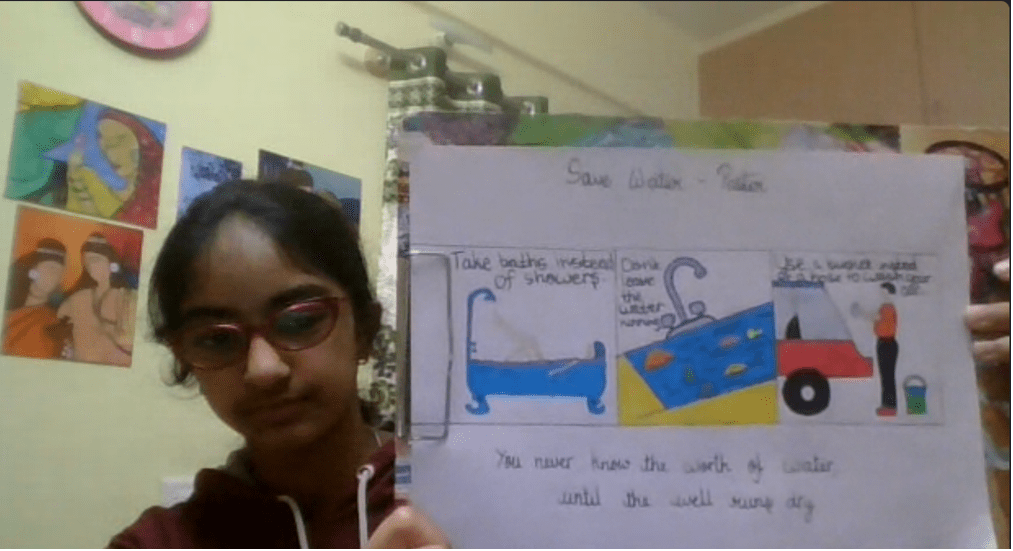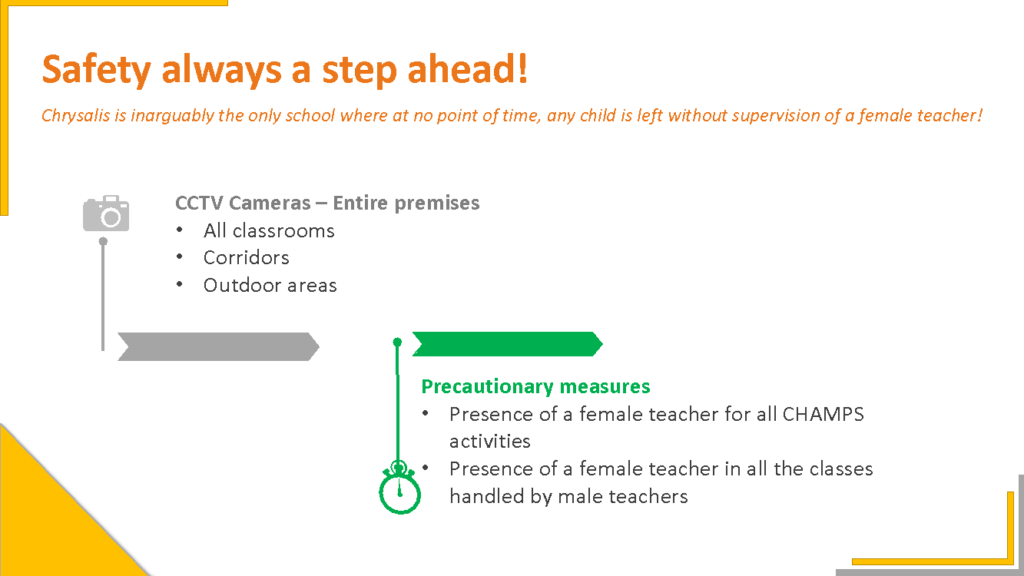“There are painters who transform the sun into a yellow spot, but there are others who, thanks to their art and intelligence, transform a yellow spot into the sun.”
– Pablo Picasso
In the earlier times, schools used to dedicate one or two periods per week to art. Children used to look forward to it with excitement and unleash their imagination while sketching and colouring. Unicorns and aliens came to life on the blank sheets, which were followed by detailed explanation from a child’s marvellous perspective.
Art is frequently used by children to help them process their experiences and deal with overwhelming emotions. Art provides critical sensory input to children and can help them express their feelings in a multidimensional way, even if they lack the vocabulary to describe their feelings verbally.
What is Art Integration?
It is a means of teaching and learning mainstream curriculum through art – both visual as well as performing. Learners use various art forms to explore creatively while making connections between different concepts. Art experiences, both visual such as drawing and painting, clay modelling, pottery, paper crafts, mask and puppet making as well as performing arts such as music, dance, theatre and puppetry, lead to a better understanding and construction of knowledge about various concepts. The arts have the flexibility to provide age-appropriate opportunities for learners to explore at their own pace.
Why is Art Integration important?
Children are naturally inclined towards art, especially at a younger age, when they are less inhibited and participate in a variety of activities for pure enjoyment. Lessons become more interesting when taught through role play. Poems and rhymes are recited in the form of melodious songs.
Primary graders are often found submitting their written work along with doodles related to the content. Science and Math projects become more interesting when accompanied by art and craft work. Students can visualise what they are learning. Abstract concepts become more concrete and understandable.
This natural interest and inclination towards art can be nurtured and used in the higher classes as well. One can learn an important topic like ‘Conservation of Water’ through role play. When students enact the roles of various water bodies and voice out their woes about how they are being misused by mankind, they become more sensitized to the issue rather than merely reading about it from the text.

Concept maps and mind maps are a great visual way to organise a child’s thoughts around a single topic by highlighting ideas and drawing connections with words, colours, images, and numbers. Art integration aids in the development of children’s motor skills, language skills, and social skills. By incorporating art into the regular curriculum, students who might not otherwise be engaged in class work are also reached. It builds confidence and motivates students to participate in various activities such as creative writing, Math and Science Fests etc.


Give your children the freedom to express themselves through writing, songs, craft or painting and allow them to weave it into their daily lessons. Observe how they take an active interest in their studies and emerge into bright students, brimming with confidence and creativity.



